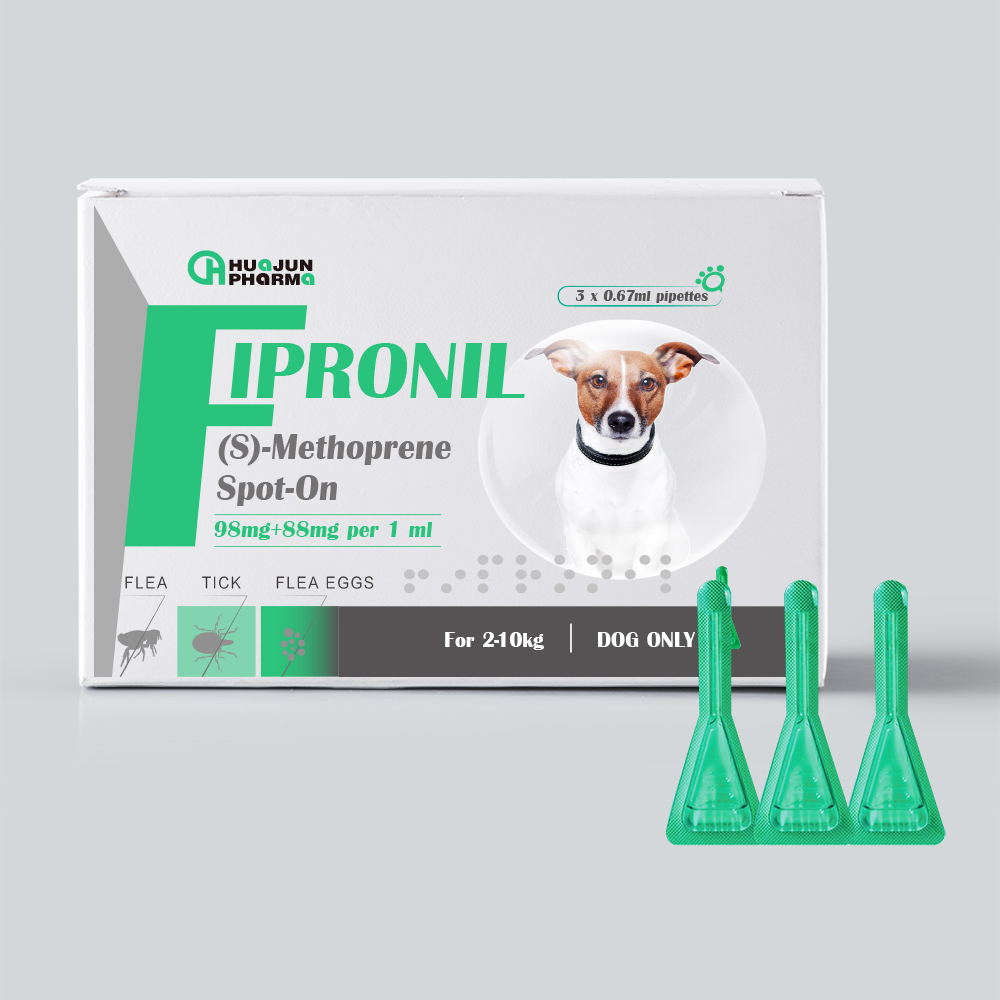
Feb . 20, 2024 16:50 Back to list
Pet medicine-Allergic to Your Dog or Cat? These OTC Allergy Medications Can Help
Allergic to Your Dog or Cat? These OTC Allergy Medications Can Help
It’s likely that you own a pet or know someone — such as a friend, coworker, or neighbor — who does. If you’re allergic to pets, it can be very difficult to avoid what causes your allergies.
Pet hair itself doesn’t directly cause allergies, but it often carries the substances that do. This includes dander (dead skin cells), saliva, and pet urine. Plus, pet hair often carries allergens from the environment, including mold, pollen, and dust. In addition to directly touching a pet — most commonly cats and dogs — you may come into contact with pet hair that’s shed on clothing and other surfaces.
Common allergic reactions from pets can include symptoms of allergic rhinitis — sneezing and runny or itchy nose — and allergic conjunctivitis, or itchy, red, and watery eyes. In many cases, over the counter (OTC) allergy medications can help prevent and manage these symptoms. But not all OTC allergy medications are created equally, so it’s important to keep a few tips in mind.
What types of OTC medications are there for dog and cat allergies?
Many OTC medications can treat symptoms from cat- or dog-related allergies. The right dog allergy medicine or cat allergy medicine for you will depend on your symptoms and how often you experience them. Nasal corticosteroids, antihistamines, and decongestants are all potential options for relief.
OTC allergy medications are available by themselves and as combination products. Before you purchase any product, it’s important to read the package label to see which ingredients are contained in the product.
Nasal corticosteroids
Corticosteroids work by lowering inflammation (swelling) that can be caused by an allergic reaction. These medications work by acting like a hormone called cortisol that’s naturally produced by your body. Many corticosteroids are available, but corticosteroid nasal sprays can be used to help treat allergy symptoms.
OTC corticosteroid nasal sprays include:
-
Budesonide (Rhinocort)
-
Fluticasone (Flonase)
-
Triamcinolone (Nasacort)
-
Mometasone (Nasonex)
These medications are considered first-choice medications for pet allergies. They can be used when you have symptoms that affect your nose, such as sneezing, itchy, or runny nose.
Antihistamines
Histamine is a chemical that’s released when your body encounters an allergen, or a substance that it doesn’t recognize. This often causes allergy symptoms like runny nose, teary eyes, and itching. Antihistamines are a group of medications that work by blocking histamine to help relieve allergy symptoms.
Diphenhydramine (Benadryl) is an example of an older, first-generation antihistamine. First-generation antihistamines cause drowsiness and are often in medications used for sleep. Other side effects can include:
-
Dry eye
-
Dry mouth
-
Constipation
-
Dizziness
Second- and third-generation antihistamines include loratadine (Claritin), cetirizine (Zyrtec) and fexofenadine (Allegra). The main difference between these medications and first-generation antihistamines is that they’re newer and cause less drowsiness. They help relieve mild allergy symptoms like runny nose, teary eyes, and itching. They are often recommended over first-generation antihistamines.
More recently, an OTC antihistamine nasal spray also became available. It’s called Astepro (azelastine); it was previously only available with a prescription. It can help relieve nasal symptoms associated with allergies — dog and cat allergies included.
Fipronil + (S) Methoprene Spot-On
Decongestants
During an allergic reaction, your body may signal your blood vessels to open up. This allows substances like white blood cells to come in and fight what it believes to be harmful to your body. As a result, blood vessels in your nose can swell and cause a stuffy nose.
Decongestants like pseudoephedrine (Sudafed) and phenylephrine (Sudafed PE) work by causing blood vessels to shrink, which can lessen nasal congestion symptoms. Decongestants are available as nasal sprays and as oral tablets and capsules.
Decongestants can help clear your sinuses and relieve a stuffy nose, but they shouldn’t be used for long periods of time. In fact, decongestant nasal sprays, like oxymetazoline (Afrin), can make your congestion worse if used for more than 3 days. Oral decongestants have a 7-day limit.
Decongestants aren’t used to prevent allergy symptoms and can cause side effects such as high blood pressure and rapid heartbeat. These medications should be avoided if you have medical conditions like diabetes, high blood pressure, or heart problems.
In some states, pseudoephedrine may require a prescription or may be available for purchase behind a pharmacy counter. There are also federal limits about how much pseudoephedrine you can purchase at one time.
How long does it take OTC allergy medications to manage symptoms?
Antihistamines and decongestants can start to relieve allergy symptoms within 15 to 30 minutes. You can take an antihistamine as needed for symptomatic relief or every day for allergy prevention. However, decongestants should only be taken as needed for short-term use.
On the other hand, corticosteroid nasal sprays may take several days to a couple weeks until they reach their maximum effect. They’re another preventative option.
If you’re experiencing consistent pet allergies, you can also consider seeing an allergist. They can help you decide the best treatment strategy for you.
-
Premium China Bacillus Subtilis Supplier & Factory Solutions
NewsJul.30,2025
-
Premium Avermectin Supplier in China | Custom Solutions Available
NewsJul.29,2025
-
China Bacillus Subtilis Supplier - Custom Factory Solutions
NewsJul.29,2025
-
China Salivation: Leading Custom Salivation Supplier & Factory Solutions
NewsJul.29,2025
-
Leading Lincomycin Hydrochloride Manufacturer & Supplier with High Purity
NewsJul.29,2025
-
Bio-Enzyme Yogurt Growth Promoter Factory - Top Quality Manufacturer & Supplier
NewsJul.28,2025





